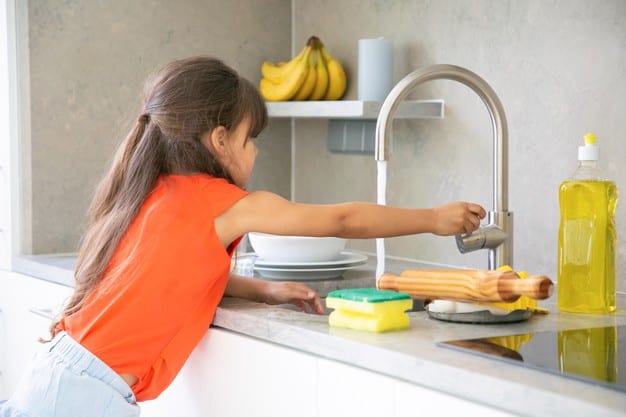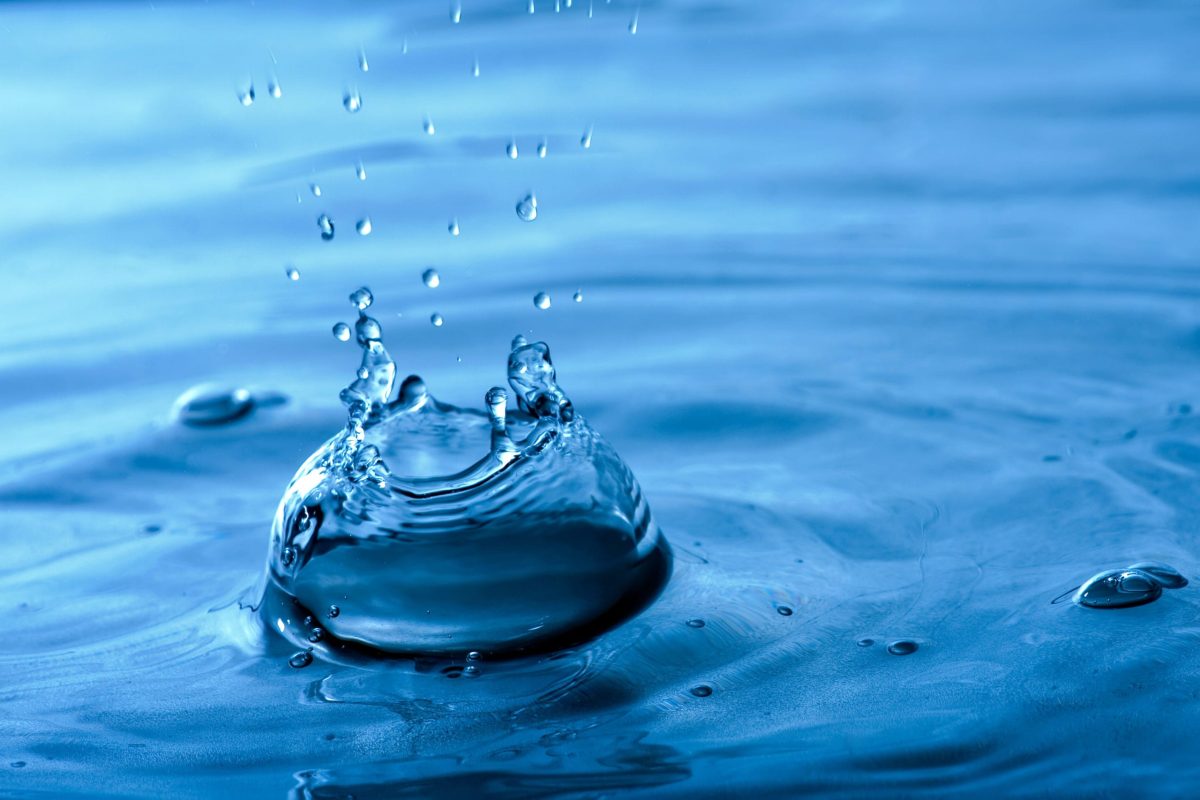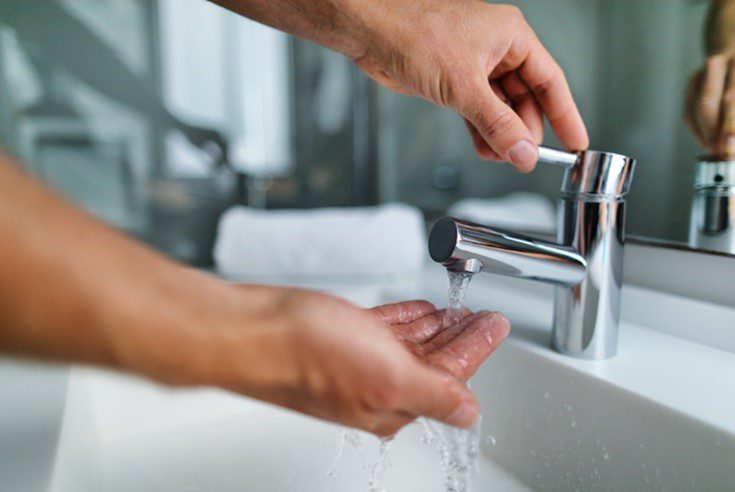
With up to 3.9 trillion gallons of water consumed in the U.S. each month, tap water must taste its best. Luckily, there are various ways to treat the tap at home and improve your home and taste by removing adverse odors and potentially harmful bacteria and chemicals.
Consider these essential steps to help improve the water quality in your home.
Add a Water Softener
Hard water contains a large amount of dissolved calcium and magnesium. This changes how the water interacts with detergents, soaps, and cleansers. Hard water can also cause mineral deposits in your appliances and pipes. A water softener traps these minerals and exchanges them for sodium or potassium, softening your water and limiting the wear and tear on your plumbing and appliances.
Install a Whole House Filtration System
A whole house filtration system filters all the water in your home, not just the water from your faucets. These filters remove contaminants from every drop of water that enters your house. The system treats your water whether you’re using it for cooking, cleaning, or making tea. If you’re concerned about contaminants in your local water supply, this is one of the best home improvement options.
Well Water Treatment
Water treatment solutions are an excellent option for individuals whose home is supplied by a well. Opportunities are available whether you need the water coming in from the well to be treated or a new solution for wastewater treatment on the property. It’s easy to assume that because you live in a home supplied by a well, you’re stuck with outdated equipment and poor-quality water, but this isn’t the case.
If you want to improve your home’s water quality, contact Smart Water Treatment Technology today. We’ll evaluate your current setup and provide several options to enhance your home’s water. Our skilled technicians have years of experience in the industry, and we’re happy to spend the time it takes to walk through your options with you. So call us today to learn more about improving the water quality in your home.


